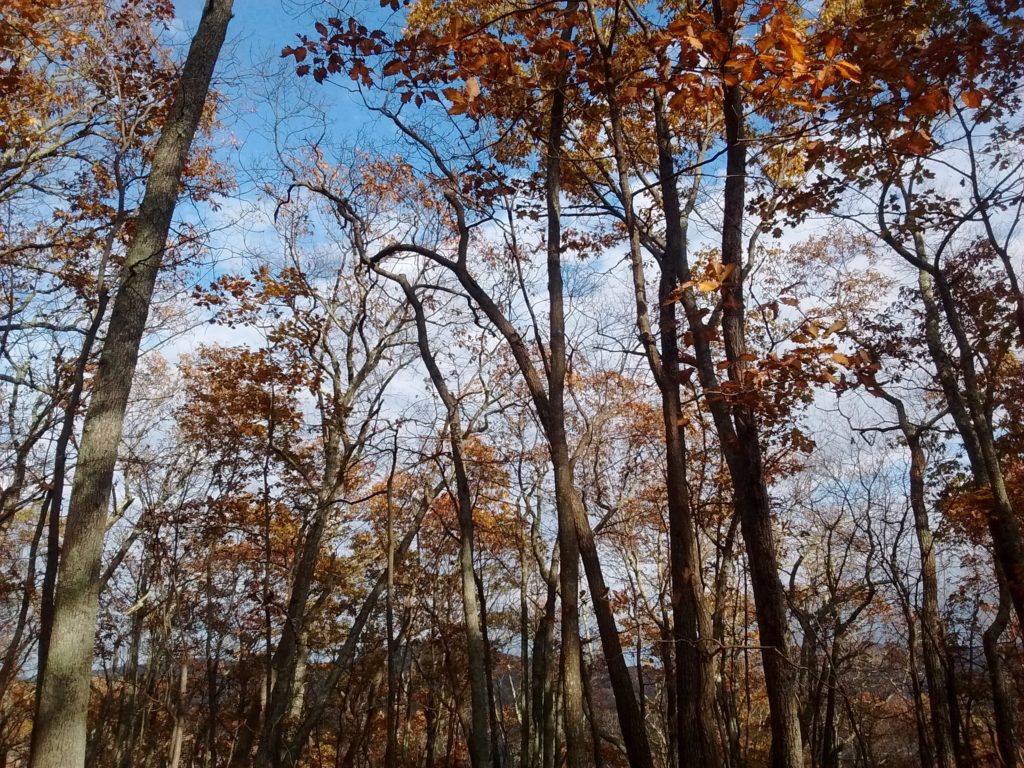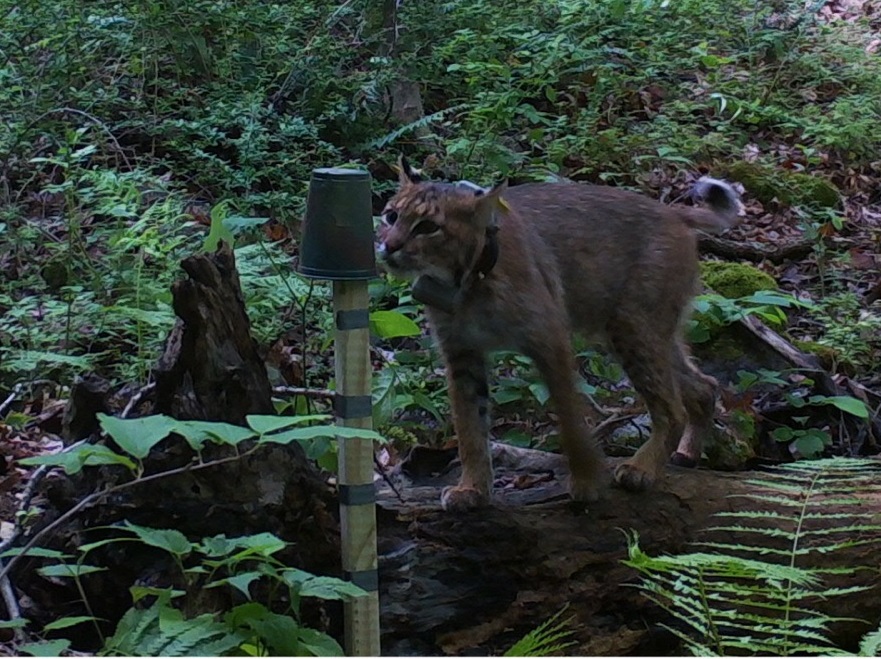This summer, with Weantinoge’s help, Bud Wright permanently protected Comanche Hill Farm, 34 acres of prime farmland on Stuart Road East in his town of Bridgewater. The land was protected with a conservation easement with the Connecticut Department of Agriculture’s State Farmland Protection Program (FPP), which pays farmers for the development rights on their farms.
Weantinoge assisted Bud in the conservation process every step of the way, including preparing the application and maps, assisting him with the easement’s configuration on the property, and monitoring the project with the Department of Agriculture until the acquisition was complete.
Since 1965 Weantinoge has permanently protected 29 farms and 3,000 acres of farmland soil in Northwest Connecticut. Through its investment of resources and partnership with the Department of Agriculture, Weantinoge has accelerated farmland protection in Litchfield County by enrolling eight farms, including Bud’s, in the State protection program over the past two years alone.
Comanche Hill Farm is part of a swath of farmland that stretches from Northrup Street to Town Line Road. This farmland is key to Bridgewater’s rural and agricultural character and heritage.
Interested in enrolling your farm property in the FPP program? Contact Paul Elconin, Director of Land Conservation, at paul@weantinoge.org.



